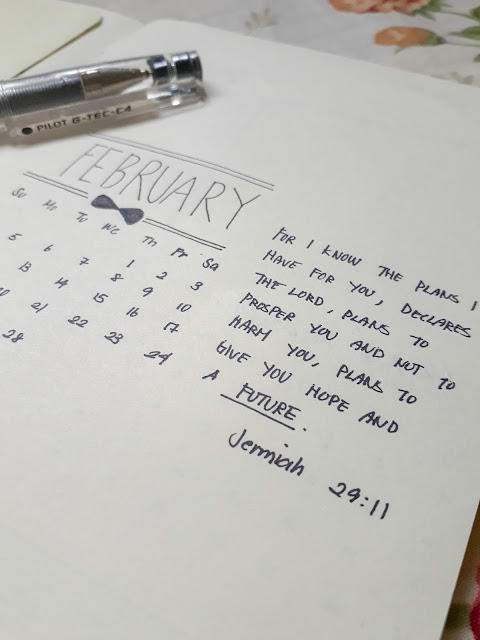On a previous post, we talked about 3 reasons why you should start a bullet journal and to summarize it I talked about how bullet journal can help you prioritize, be organize and essentially be creative. I have discussed about it more thoroughly on said post. More so, I have given out tips on starting a bullet journal for beginners and there I talked about materials and the "basic" spreads you will need for your bullet journal.
These essential spreads are your key & index, future log, monthly spread, weekly or daily spread and your collections; however, apart from these "basic" spreads there are others that you can do as well depending on what you need.
Here is a list of spread ideas that you can easily do in a minimalist way or in a creative way, some of which are pretty common already for a lot of people.
23 Bullet Journal Spread Ideas
2. Brain Dump
3. Washi Tape Collections
4. Instagram Tracker
5. YouTube Growth Tracker
6. Blog Growth Tracker
10. Gratitude List
15. Quote of the Month Spread
"A little progress each day adds up to big results"
16. Important Contacts
19. Guest Post Tracker
23. Favorite Quotes
Now that you have an idea in mind on what spread you want to do and try on your bullet journal, you can click on the video I have posted above to see an average minimalist bullet journal set up made by yours truly to get an idea of what style or theme you want to do on your own.
For this month's spread, July, I decided to go with a mango theme for my bullet journal with a hint of a minimalist and practical approach because I don't want to go overboard with it and be overwhelmed every time I try to write on it.

Now that you have an idea in mind on what spread you want to do and try on your bullet journal, you can click on the video I have posted above to see an average minimalist bullet journal set up made by yours truly to get an idea of what style or theme you want to do on your own.
For this month's spread, July, I decided to go with a mango theme for my bullet journal with a hint of a minimalist and practical approach because I don't want to go overboard with it and be overwhelmed every time I try to write on it.
All of these photos are mine and I am trying out some of these spreads to see if it is compatible with my lifestyle and so can you.
What's your favorite spread?




















































